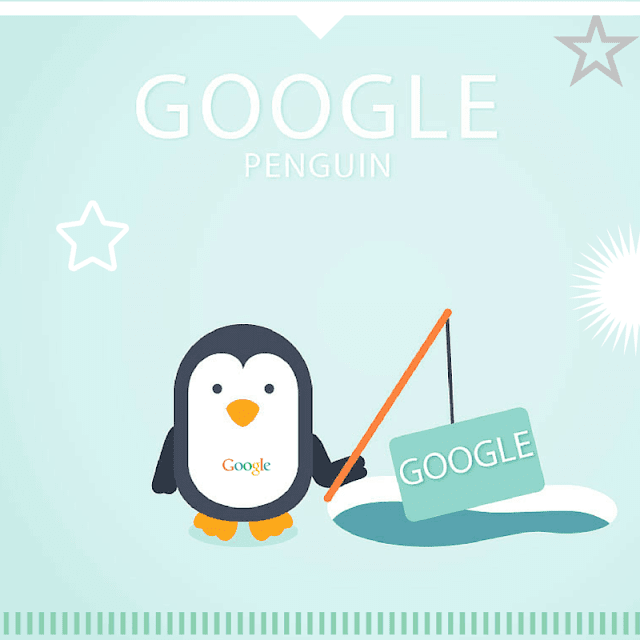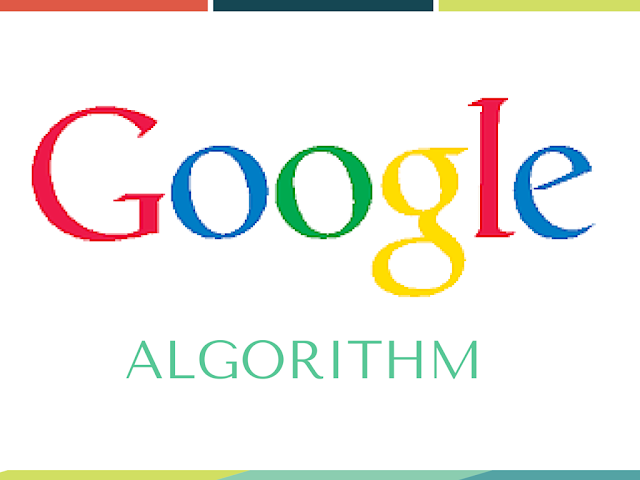Google Hummingbird is a search algorithm utilized by Google. It is basically derived from being " precise and fast".
Google began utilizing Hummingbird about August 30, 2013 and
reported the change on September 26 on the eve of the organization's 15th
anniversary.
The Hummingbird redesign was the first significant update to Google's
search algorithm since the 2010 "Caffeine Update", yet even that was
constrained fundamentally to enhancing the indexing of data as opposed to the
sorting of data. Google search chief Amit Singhal expressed that Hummingbird is
the first significant redesign of its type since 2001.
Conversational search influences natural language, semantic
search and more to enhance the way search queries are parsed. Unlike previous
search algorithms which would concentrate on every individual word in the
search query, Hummingbird considers every word additionally how every word
makes up the sum of the query — the whole sentence or discussion or
significance — is considered, as opposed to specific words.
Much like an expansion of Google's "Knowledge Graph",
Hummingbird is gone for making interactions more human — equipped for comprehension
the ideas and relationships between keywords.
Hummingbird places more noteworthy accentuation on page content
making search results more applicable and germane and guaranteeing that Google
conveys clients to the most fitting page of a site, instead of to a landing
page or top level page.
SEO got little changes with the expansion of Hummingbird,
however the more top ranking results are ones that give regular content that
peruses conversationally. While keywords
inside of the query still keep on being vital, Hummingbird adds more quality to
since a long time ago tailed keywords — adequately pander to the optimization of
content instead of just keywords. Webmasters will now need to cater towards
questions that are solicited normally; with the developing number from
conversational inquiries — to be specific those utilizing voice search,
focusing on expressions that begin with "Who, Why, Where, and How"
will demonstrate useful towards SEO. Utilization of Keyword Synonyms have
additionally been upgraded with Hummingbird; as opposed to posting results with
precise phrases or keywords.



















